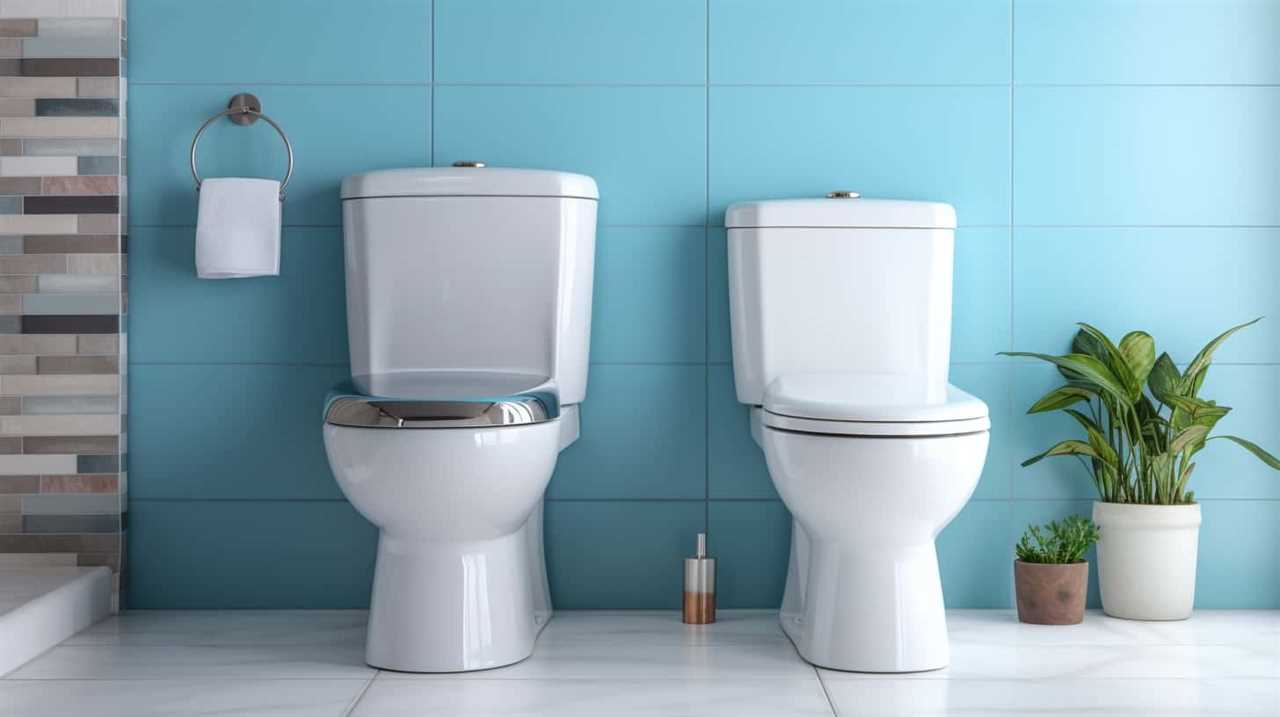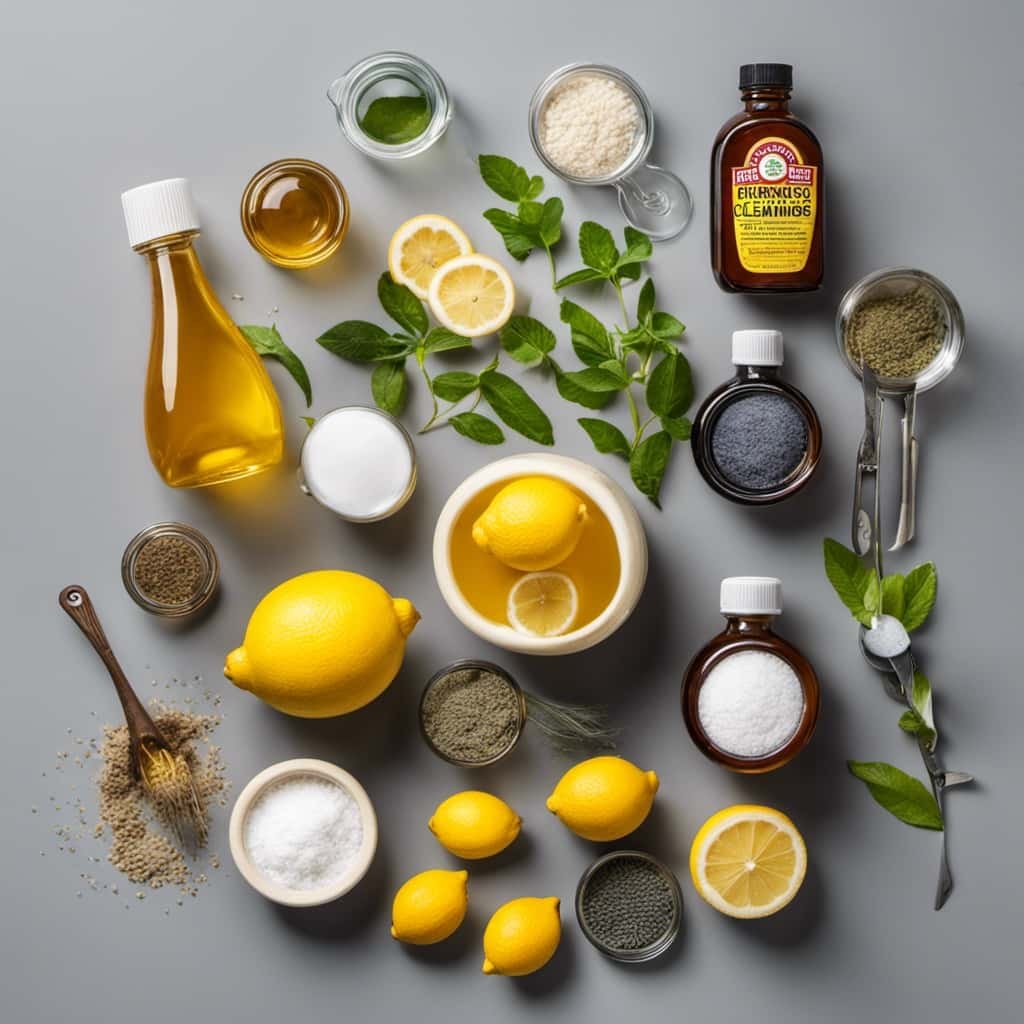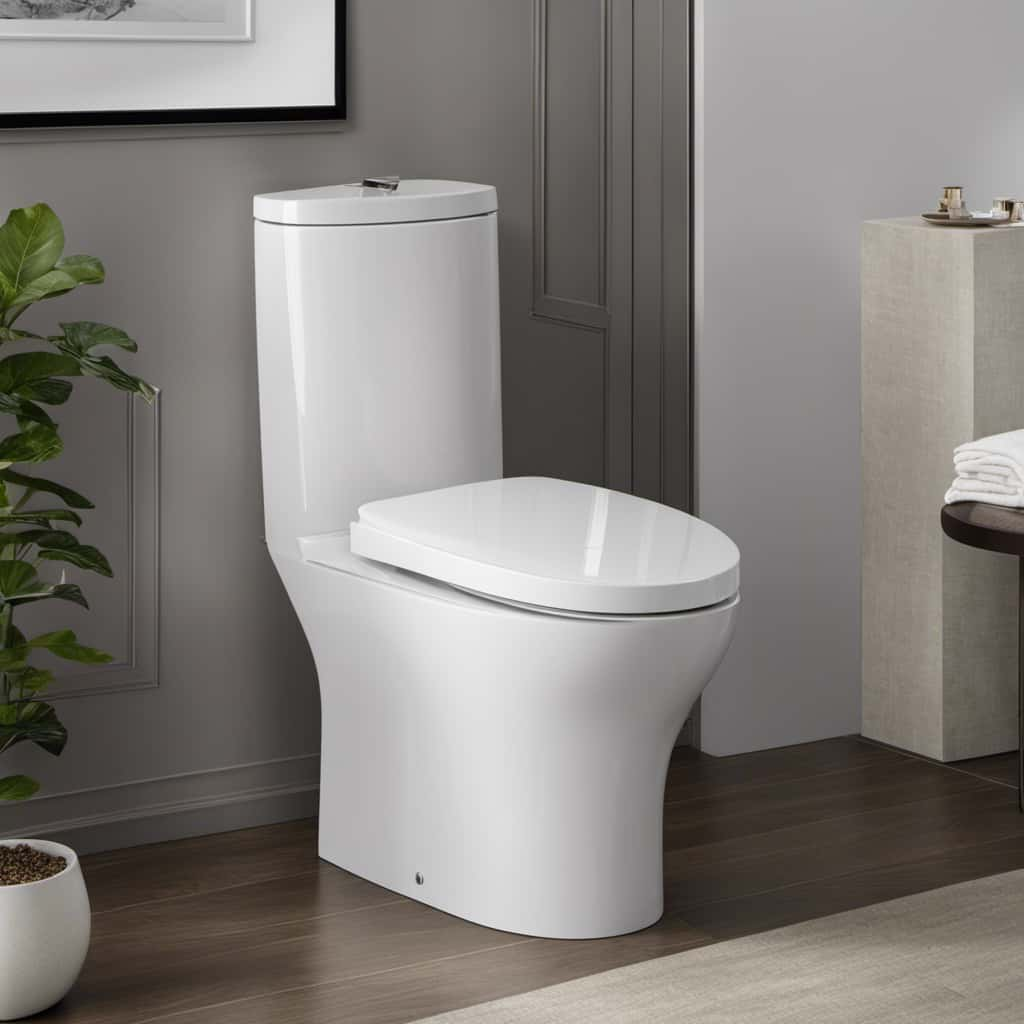Here we are, diving into the truth about flushable wipes.
We’ve all been there – standing in the aisle, wondering which ones are truly safe to flush.
Well, fear not, because we’ve done the research for you.
In this article, we’ll explore the composition of flushable wipes, debunk the myth of flushability, and shed light on the environmental impact.

So grab a cup of coffee and get ready to dive deep into the world of flushable wipes.
Key Takeaways
- Flushable wipes can cause clogging in pipes and sewage systems, leading to costly repairs and environmental damage.
- Despite being labeled as "flushable," these wipes do not break down easily like toilet paper and can contribute to the formation of fatbergs in sewer systems.
- Flushing flushable wipes can also result in blockages in wastewater treatment plants and contribute to marine pollution.
- It is important to educate oneself and others about proper disposal methods and consider using sustainable alternatives to flushable wipes.
The Truth About Flushable Wipes
After researching the issue, we’ve found that the truth about flushable wipes is concerning.
Many people believe that flushable wipes are safe to flush down the toilet, but the reality is that they can cause significant problems. One of the main issues is that these wipes don’t break down as easily as toilet paper, leading to clogging in pipes and sewage systems. This can result in costly repairs and environmental damage.
Moreover, even if the wipes make it through the pipes, they can still cause blockages in wastewater treatment plants. As a result, many municipalities have been urging people to avoid flushing these wipes and instead dispose of them in the trash.

Fortunately, there are alternatives to flushable wipes, such as using wet toilet paper or bidets, which are more environmentally friendly and less likely to cause clogging issues.
Understanding the Composition of Flushable Wipes
To better understand the potential issues with flushable wipes, let’s delve into the composition of these products. Understanding the manufacturing process and the materials used in flushable wipes is crucial in determining their flushability. Here are some key points to consider:
- Manufacturing process: Flushable wipes are made from a combination of natural and synthetic fibers, such as cotton, rayon, and polyester. These fibers are blended together and then formed into a cloth-like material.
- Moisture content: Flushable wipes are typically moistened with water and various additives, such as cleansing agents and preservatives. This moisture helps to enhance their cleaning properties.
- Disintegration tests: Manufacturers conduct disintegration tests to determine if the wipes break down properly when flushed. These tests simulate the conditions in wastewater systems and assess the rate at which the wipes disintegrate.
Understanding the composition and manufacturing process of flushable wipes provides valuable insights into their potential impact on plumbing systems and the environment. With this knowledge, we can now move on to debunking the myth of flushability.
But are these wipes truly flushable? Let’s find out in the next section.

Debunking the Myth of Flushability
Now let’s debunk the myth of flushability and examine whether any flushable wipes are truly safe to flush.
The flushable wipes controversy has gained significant attention in recent years due to the negative impact these supposedly ‘flushable’ products have on our plumbing and wastewater systems. Despite their claims of being safe to flush, flushable wipes don’t break down as easily as toilet paper. This can lead to clogged pipes, sewer backups, and costly repairs for homeowners and municipalities alike.
Additionally, flushable wipes can contribute to the formation of fatbergs, massive blockages in sewer systems that can cause environmental damage.
As a result, many experts and wastewater agencies recommend using alternatives to flushable wipes, such as toilet paper or bidets, to avoid potential plumbing issues and protect our water infrastructure.

The Environmental Impact of Flushable Wipes
The environmental impact of flushable wipes is a growing concern for our society. As we continue to use these wipes in our daily lives, it’s important to understand the consequences they have on our environment. Here are some key points to consider:
- Water treatment implications: Flushable wipes don’t break down like toilet paper, causing clogs in sewer systems and increasing the workload for water treatment facilities.
- Marine pollution: When flushed, these wipes can end up in our oceans and waterways, contributing to the plastic pollution crisis.
- Landfill waste: Even if not flushed, flushable wipes often end up in landfills, taking years to decompose and adding to our waste problem.
- Sustainable alternatives: There are eco-friendly alternatives to flushable wipes, such as reusable cloth wipes or biodegradable wipes made from natural materials.
- Public education: Raising awareness about the environmental impact of flushable wipes is crucial to encouraging responsible disposal practices and promoting sustainable alternatives.
Tips for Maintaining a Healthy Plumbing System
For maintaining a healthy plumbing system, we recommend regularly clearing out any debris from pipes and using drain screens to prevent clogs.
Preventing clogs is essential to ensure the smooth flow of water through your plumbing system. Regularly cleaning out debris such as hair, soap scum, and food particles can help prevent the accumulation of blockages in your pipes.
Additionally, using drain screens can catch larger debris before it enters your plumbing system, reducing the risk of clogs.

Another important aspect of maintaining a healthy plumbing system is using proper disposal methods. Avoid flushing anything other than toilet paper and human waste down the toilet. Dispose of items such as wipes, feminine hygiene products, and dental floss in the trash to prevent clogs and potential damage to your plumbing system.
Frequently Asked Questions
Are Flushable Wipes Really Safe for the Environment?
Flushable wipes, despite claims of being safe, pose biodegradability concerns and can have a detrimental impact on wastewater treatment facilities. It is important to consider the potential environmental consequences before flushing such products.
Can Using Flushable Wipes Lead to Clogged Pipes and Plumbing Issues?
Using flushable wipes can potentially lead to clogged pipes and plumbing issues. It is important to understand the proper disposal methods to avoid any potential risks associated with flushing these wipes.
How Do Flushable Wipes Compare to Regular Toilet Paper in Terms of Environmental Impact?
When comparing flushable wipes to regular toilet paper, it’s important to consider their environmental impact. Although marketed as "flushable," these wipes often contain non-biodegradable materials that can harm our water systems and wildlife.

Are There Any Alternatives to Using Flushable Wipes That Are Safer for Plumbing Systems?
There are several sustainable alternatives for toilet hygiene that are safer for plumbing systems. These options include bidets, bamboo toilet paper, and reusable cloth wipes, all of which minimize environmental impact.
Can Using Flushable Wipes Cause Any Health Problems or Irritation?
Flushable wipes vs. baby wipes: which is safer for sensitive skin? There are potential risks of using flushable wipes during pregnancy. We have analyzed the question and can provide an objective, analytical, and knowledgeable answer.
Conclusion
In conclusion, while flushable wipes may seem convenient, they pose a significant risk to our plumbing systems and the environment. Despite their misleading label, these wipes don’t disintegrate quickly enough to avoid clogging pipes and causing costly damage.
Symbolizing the importance of responsible choices, it’s crucial to dispose of these wipes in the trash instead. By doing so, we can protect our plumbing systems and preserve the health of our planet.











